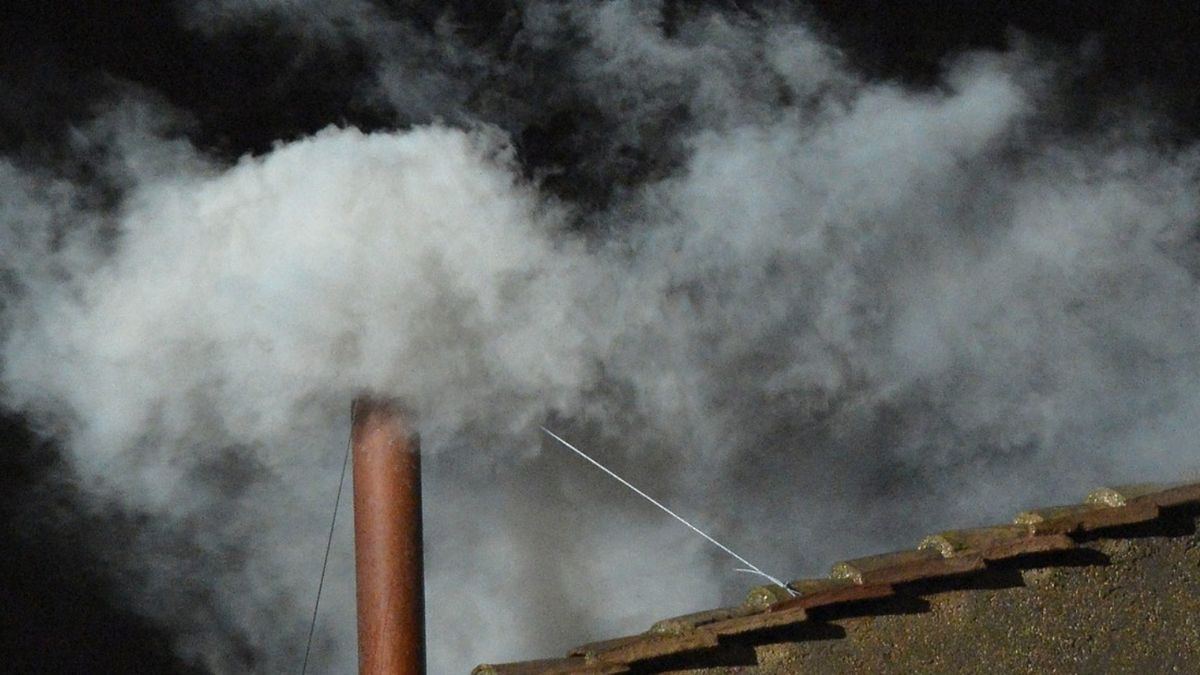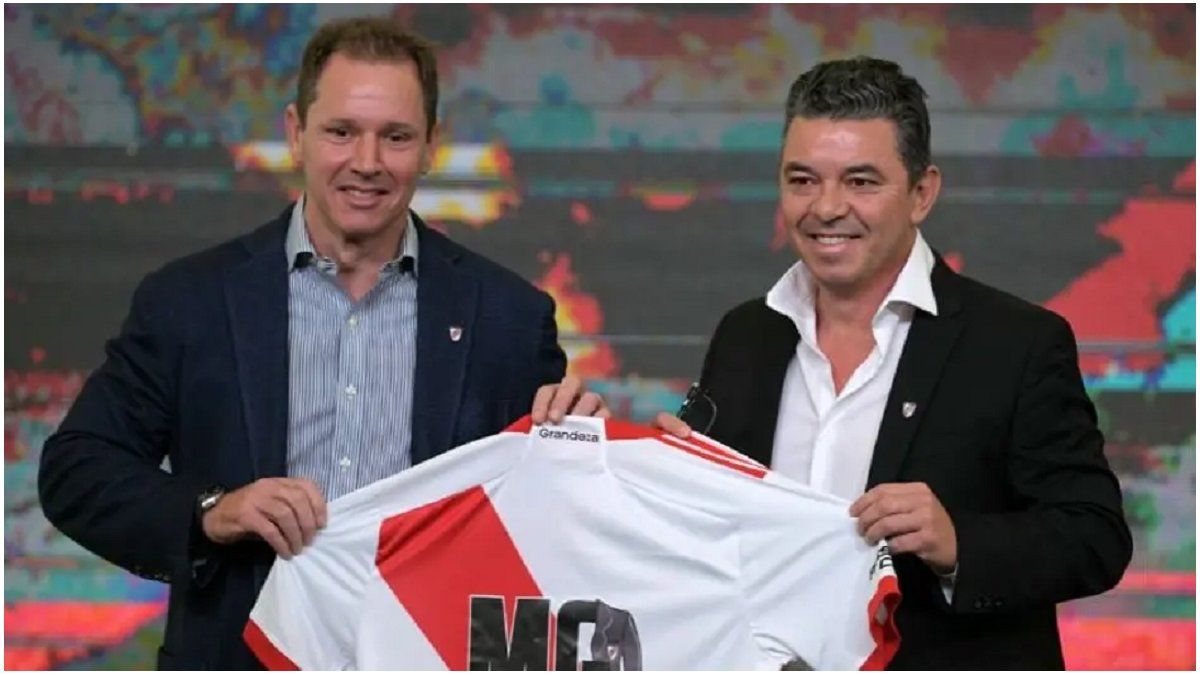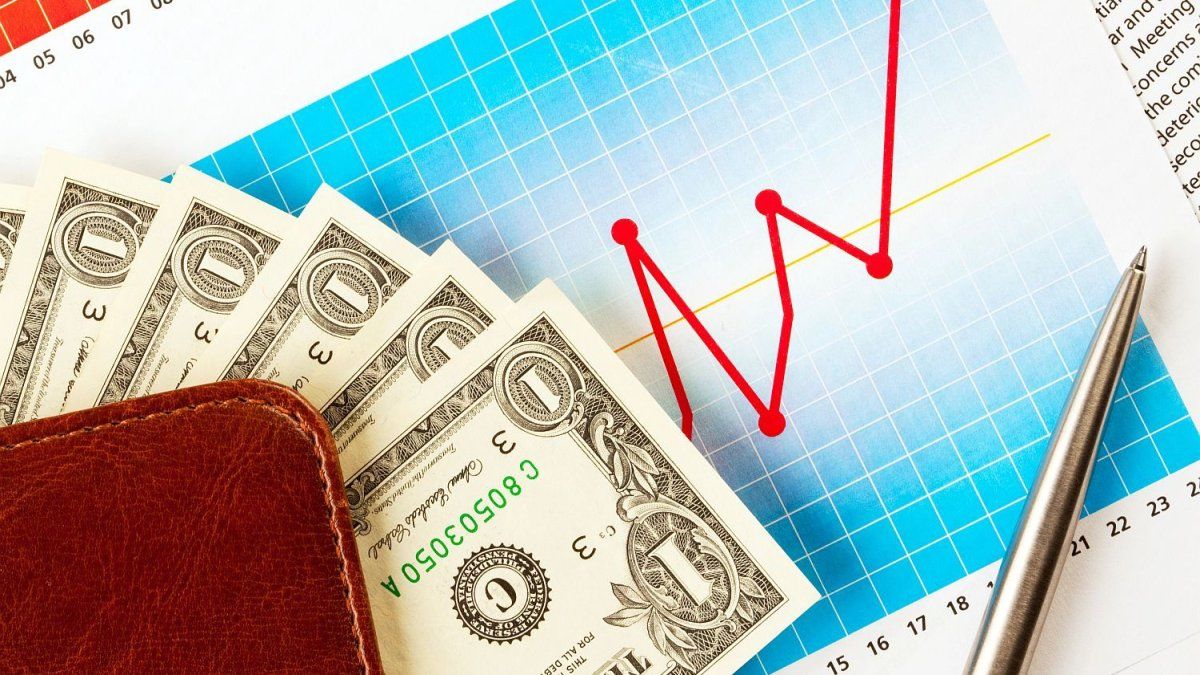After the death of Pope Francis on Monday at age 88 in the Vatican, the eyes of the world will be put in the Cardinals’ conclave who will meet to choose his successor. The interior of the Sistine Chapel, under the frescoes of Miguel Ángel, will be the scenario where the main leaders of the Catholic Church will deliberate until the moment of the White Small.
Pope Francis died, the Vatican automatically activated the protocol “Vacant headquarters”, as part of a process that ends with the choice of a new pontiff. The first step after the death is that Camarlengo, who chairs the apostolic chamber, confirms his death and seals the place where it happened.
In this case, the Vatican suspends all kinds of audiences and begins to organize the funeral, which takes place between the fourth and sixth day after death.
In the meantime, the Cardinal College assumes the temporary administration of the Catholic Church Until all cardinals meet in a conclave.
How is the conclave in which the new Pope is chosen
The conclave is the closed meeting where the new Pontiff will be chosen. It is done between the next 15 and 20 days after death. Cardinals under 80 years of age can vote.
These cardinals stay in the house of Santa Marta inside the Vatican, where Pope Francis lived, and moved together to the Sistine Chapel, where the vote is carried out under strict rules of secret and total isolation of the outside world to avoid external influences.
To be elected, a candidate must obtain a two -thirds majority of the votes of the cardinals present. Today, the Cardinal College is composed of 252 members, of which 138 are votes with the right to vote in the next conclave. Its composition reflects the geographical and cultural diversity of the Church, with a notable presence of cardinals created by Francisco himself, who in life named 149marking a significant difference with their predecessors Benedict XVI (62) and John Paul II (41).
Cardinals can vote up to four times a day, two in the morning and two in the afternoon. Each cardinal writes the name of their candidate on a ballot that is deposited in an urn, and three cardinals scrutinizing and read the votes.
If after several votes the required majority are not reached, the ballots are burned with chemical substances that generate black smoke, known as Black smoke, which indicates that the election continues. If a candidate achieves the majority and accepts the choice, the ballots are burned with substances that produce white smoke, the White smokingthat announces to the world that there is a new Pope.
Conclavejpg.webp
Conclave inside the Sistine Chapel.
How much the conclave can last to choose a new Pope
There is no fixed deadline to reach consensus. The conclave can last from a few hours to several days or even weeksdepending on the degree of agreement between the cardinals. If after 33 votes, Pope is chosen, the norm to choose by absolute majority can be modified between the two most voted candidates. During the process, the cardinals are isolated and cannot communicate with the outside or among them outside the official sessions.
In summary, the election of the Pope is a secret, solemn and very regulated process that involves cardinals under 80 years gathered in the Sistine Chapel, where they vote until a two -thirds majority to choose the new leader of the Catholic Church, announced to the world through the iconic White Fumata and the historic “Habemus Papam”.
Once the new Pope accepts the position and chooses a name, he proclaims him before the Plaza San Pedro. Then Balcony of the Basilica of San Pedro comes out and gives its first blessing Urbi et Orbi (from Latin “to the city of Rome and the world”), thus giving the beginning of a new cycle in the Catholic Church.
What is the requirement to be elected Pope
As for the requirements, officially candidates They must be male and Catholicsalthough in reality, for centuries, the pontiffs have only been chosen among the ranks of the cardinals.
Likewise, there is no age limit for whom he can become Pope, but Francisco was 76 years old when he assumed the position, which he left at his 88th. His predecessor, Benedict XVI, was chosen at 78 and retired at 85.
Papables: What are potato candidates?
With deep theological divisions and an increasingly global Catholic Church, the next conclave could mark the most dramatic power change in the modern history of the Church.
As indicated by the phrase “He who enters the conclave as Pope, goes out as a cardinal”offering a list of candidates for the throne of San Pedro is more a game of chance, than certain chances of choice.
However, in recent years three internal currents of the Church were emerging leaders, possible successors of Pope Francis.
- The establishment: They are candidates deeply rooted in the curia, Roman networks and with the ability to maintain stability. In this lightened the most possibilities are the Italians Pitro Parolin and Matteo Zuppi, Two cardinals with true power in the church, although they also appear Péter Erdö and Mario Grech.
- The reformers: They are progressive cardinals with Franciscan vision. They are aligned with Francisco’s reforms: decentralization, social justice and pastoral closeness. In this group they appear Luis Antonio Tagle, Jean-Marc Aveline, Wilton D. Gregory and Fridolin Ambongo.
- The traditionalists: They are anti-Francisco and conservative cardinals. They are blessed by Benedict XVI, enemies of progressivism, ultraconservatives and defenders of the “ancient church.” Here they appear Roberto Sarah, Raymond Leo Burke, Willem Jacobus Eijk, Carlo Maria Polvani.
Source: Ambito




